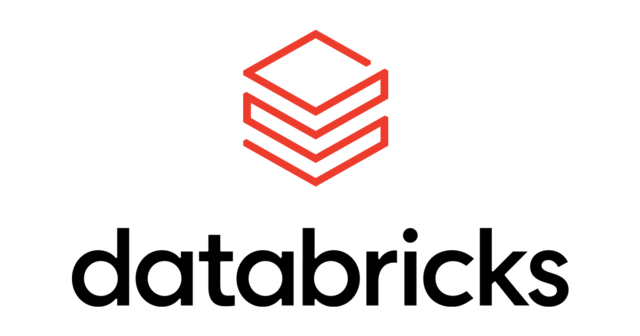
Databricks Navigating Losses, Triumphs, and the $1 Billion Revenue Milestone
In the ever-evolving landscape of data processing and transformation, Databricks has emerged as a prominent player, offering a cutting-edge platform that empowers enterprises to handle vast volumes of information efficiently. However, despite its innovative solutions, the company has grappled with financial challenges, reporting a staggering $380 million operating loss in its most recent fiscal year. Nevertheless, Databricks’ journey took a triumphant turn as it proudly announced surpassing the $1 billion revenue mark in January, marking a significant milestone in the company’s history.
Revolutionizing Data Engineering with a $380 Million Operating Loss and a $1 Billion Revenue Breakthrough
A Visionary Platform for Data Engineering
Databricks, founded in 2013 by a group of data experts including Ali Ghodsi, Reynold Xin, and Matei Zaharia, has swiftly risen to prominence in the data engineering realm. The company’s platform offers a collaborative workspace that combines data processing, analytics, and machine learning into a unified environment. This approach simplifies complex data engineering tasks, enabling enterprises to process and transform massive volumes of information with heightened efficiency and reduced complexity.
Financial Struggles and the $380 Million Operating Loss
Despite its innovative solutions and rapid growth, Databricks has faced financial hurdles, with its most recent fiscal year revealing a significant $380 million operating loss. This financial setback can be attributed to several factors, including intensive research and development efforts, expansive marketing campaigns to establish market presence, and investments in customer acquisition. These strategies, while pivotal for long-term growth, have led to short-term losses, reflecting the company’s commitment to innovation and expansion.
Triumphant Milestone: Surpassing $1 Billion in Revenue
Amidst financial challenges, Databricks achieved a remarkable breakthrough in January by crossing the $1 billion revenue threshold for the first time. This achievement underscores the company’s resilience and underscores the value its platform provides to a diverse range of industries. Databricks’ ability to transform complex data processes into streamlined workflows has garnered substantial interest from enterprises seeking efficient solutions to manage their data-intensive operations.
The Path Forward: Balancing Innovation and Profitability
Databricks’ journey serves as a testament to the complex nature of navigating the tech industry. The company’s emphasis on innovation, research, and development has propelled it to the forefront of data engineering solutions, enabling enterprises to harness the power of data for informed decision-making. However, this innovation-driven approach has also translated into financial losses in the short term.
As Databricks continues to grow, finding the equilibrium between innovation and profitability becomes imperative. Striking a balance between investing in cutting-edge technologies and ensuring sustainable financial health will determine the company’s long-term success. With its $1 billion revenue milestone, Databricks has demonstrated the market’s appetite for its solutions, providing a solid foundation to address its financial challenges while maintaining its commitment to driving technological advancements.
Databricks’ story encapsulates the dynamic nature of the tech industry, where groundbreaking innovations can coexist with financial challenges. The company’s ability to transform its $380 million operating loss into a triumphant $1 billion revenue milestone showcases its resilience, determination, and market value. As Databricks continues its journey, its success will hinge on its capacity to maintain the delicate balance between innovation and profitability, shaping the future landscape of data engineering and processing for years to come.
Last Updated on: Thursday, August 17, 2023 8:27 am by Admin | Published by: Admin on August 17, 2023 8:27 am | News Categories: BUSINESS
About Us: News Centre 24 covers the latest News on Current News, Business, Sports, Tech, Entertainment, Lifestyle, Automobiles, and more, led by Editor-in-Chief Ankur Srivastava. Stay connected on Facebook, Instagram, LinkedIn, X (formerly Twitter), Google News, and Join Our Community.
Disclaimer: At News Centre 24, we are committed to providing accurate, reliable, and thoroughly verified information, sourced from trusted media outlets. For more details, please visit our About, Disclaimer, and Privacy Policy pages. If you have any questions, feedback, or concerns, feel free to contact us through email.
Contact Us: [email protected]
